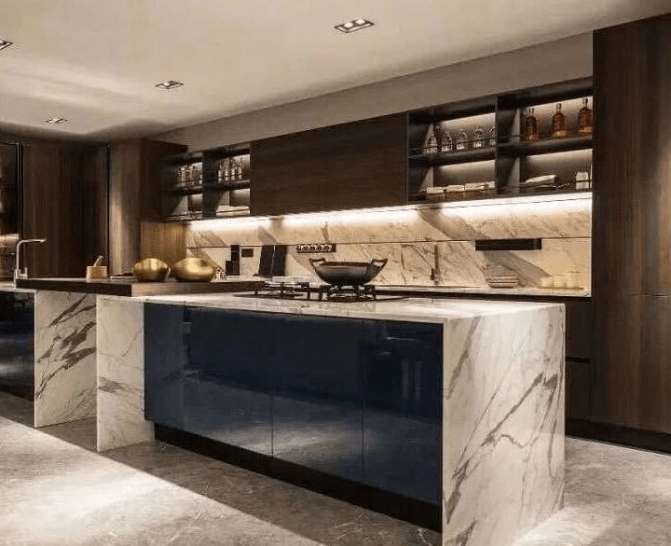Quartz vs Granite Countertops in Vancouver: Which is Right for Your Home?
Choosing the perfect countertop for your kitchen or bathroom in Vancouver, Burnaby, Surrey, or Richmond can make or break your renovation. At Priority One Flooring, we help you weigh the pros, cons, and costs of quartz vs natural stone countertops like granite and marble.
Whether you’re planning kitchen renovations, bathroom upgrades, or new countertop installations, understanding the right surface for your space is key to getting lasting value and stunning aesthetics.
What’s the Difference Between Quartz & Natural Stone?
- Quartz: Man-made, consistent color & pattern, low maintenance
- Granite & Marble: 100% natural, unique veining, requires sealing
💡 Quartz is ideal for modern homes. Natural stone adds timeless elegance.
Pros & Cons of Quartz Countertops
- ✅ Highly durable and scratch-resistant
- ✅ Non-porous and stain-resistant (no sealing needed)
- ✅ Wide range of customizable styles
- ✅ Lower cost than high-end natural stones
- ❌ Not heat-proof like granite
- ❌ Manufactured appearance
Cost: $80 – $150 per sq. ft. (installed)
Best for: Busy kitchens, modern and low-maintenance homes
Pros & Cons of Granite Countertops
- ✅ 100% natural with unique patterns
- ✅ Extremely heat-resistant
- ✅ Adds resale value
- ❌ Requires regular sealing
- ❌ Prone to staining if not maintained
Cost: $90 – $200 per sq. ft. (installed)
Best for: Traditional, upscale kitchen renovations
Pros & Cons of Marble Countertops
- ✅ Timeless, luxurious appearance
- ✅ Naturally cool surface for baking
- ❌ High maintenance and prone to staining
- ❌ Scratches easily
Cost: $120 – $250 per sq. ft. (installed)
Best for: Elegant bathrooms and luxury kitchens
Cost & Durability Comparison
| Material | Durability | Maintenance | Cost (Installed) |
|---|---|---|---|
| Quartz | ⭐⭐⭐⭐⭐ | Low | $80 – $150 |
| Granite | ⭐⭐⭐⭐ | Medium | $90 – $200 |
| Marble | ⭐⭐⭐ | High | $120 – $250 |
Why Priority One Flooring?
- ✅ Servicing Vancouver, Burnaby, Richmond, Surrey & all Lower Mainland cities
- ✅ Premium quartz, granite, and marble brands
- ✅ Custom fabrication & expert installation
- ✅ Affordable rates and quick turnaround
Explore More:
- Granite & Quartz Countertops in Vancouver
- Kitchen Renovations in Vancouver
- Bathroom Renovations in Vancouver
Ready to Upgrade Your Countertops?
If you’re remodeling your home in Vancouver or the Lower Mainland, trust Priority One Flooring for expert countertop installation. Whether it’s sleek quartz, classic granite, or luxurious marble, we’ve got you covered.

